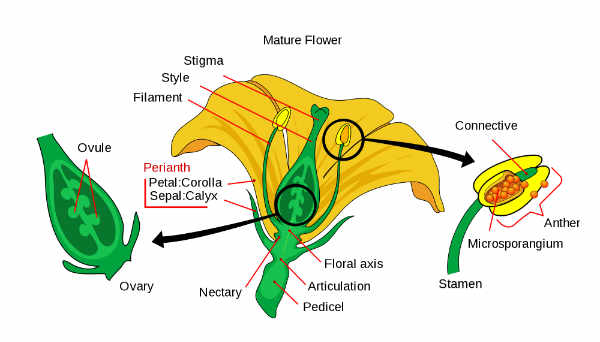Botany

Botany is the scientific study of plants. "Plants," to most people, means a wide range of living organisms from the smallest bacteria to the largest living things - the giant sequoia trees. By this definition plants include: algae, fungi, lichens, mosses, ferns, conifers and flowering plants. Today scientists believe bacteria, algae and fungi are in their own distinct kingdoms, but most general botany courses, and most Botany Departments at colleges and universities, still teach about these groups.
Botanists interested in ecology study interactions of plants with other organisms and the environment. Other field botanists search to find new species or do experiments to discover how plants grow under different conditions. Some botanists study the structure of plants. They may work in the field, concentrating on the pattern of the whole plant. Others use microscopes to study the most detailed fine structure of individual cells. Many botanists do experiments to determine how plants convert simple chemical compounds into more complex chemicals. They may even study how genetic information in DNA controls plant development. Botanists study processes that occur on a time scale ranging from fractions of a second in individual cells to those that unfold over eons of evolutionary time.

The results of botanical research increase and improve our supply of medicines, foods, fibers, building materials, and other plant products. Conservationists use botanical knowledge to help manage parks, forests, range lands, and wilderness areas. Public health and environmental protection professionals depend on their understanding of plant science to help solve pollution problems.